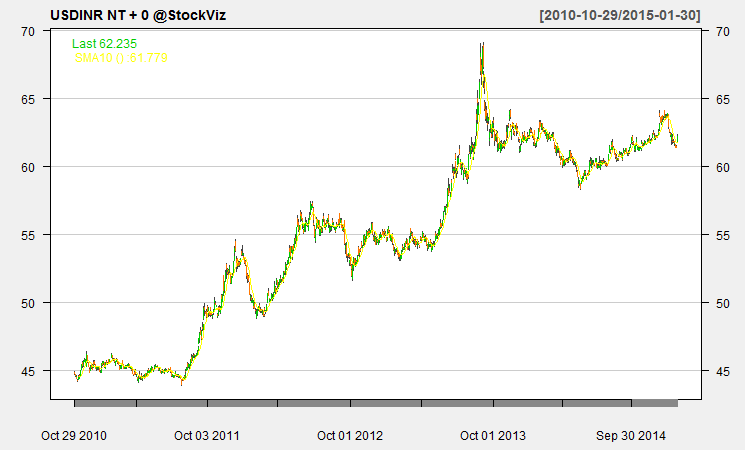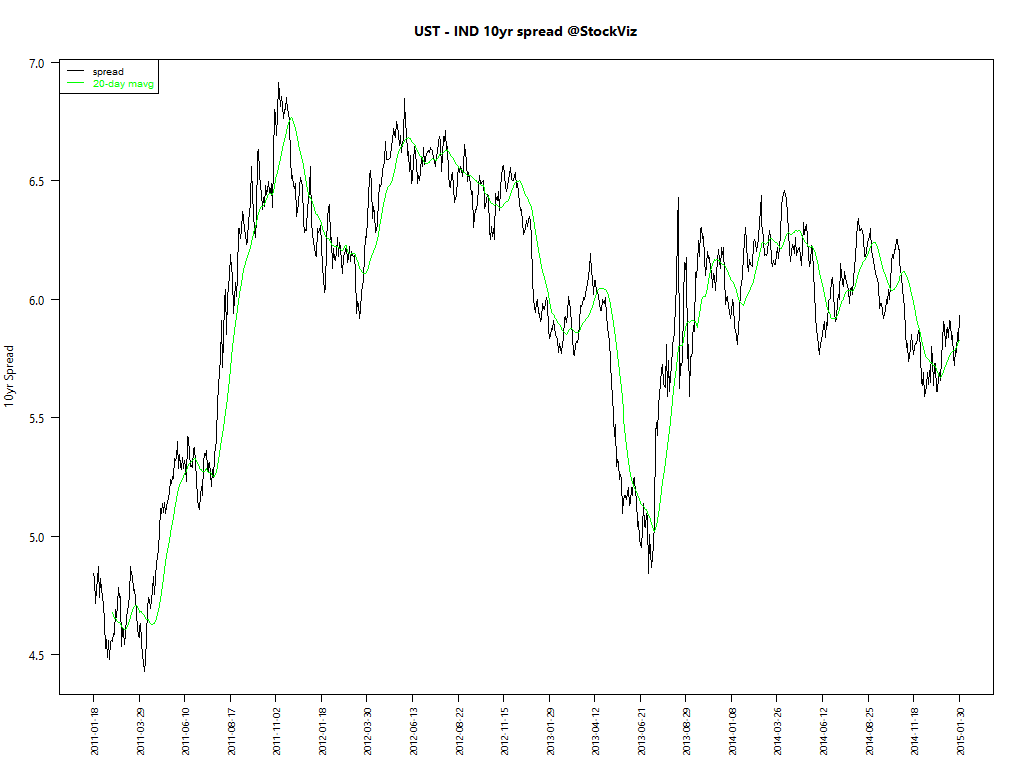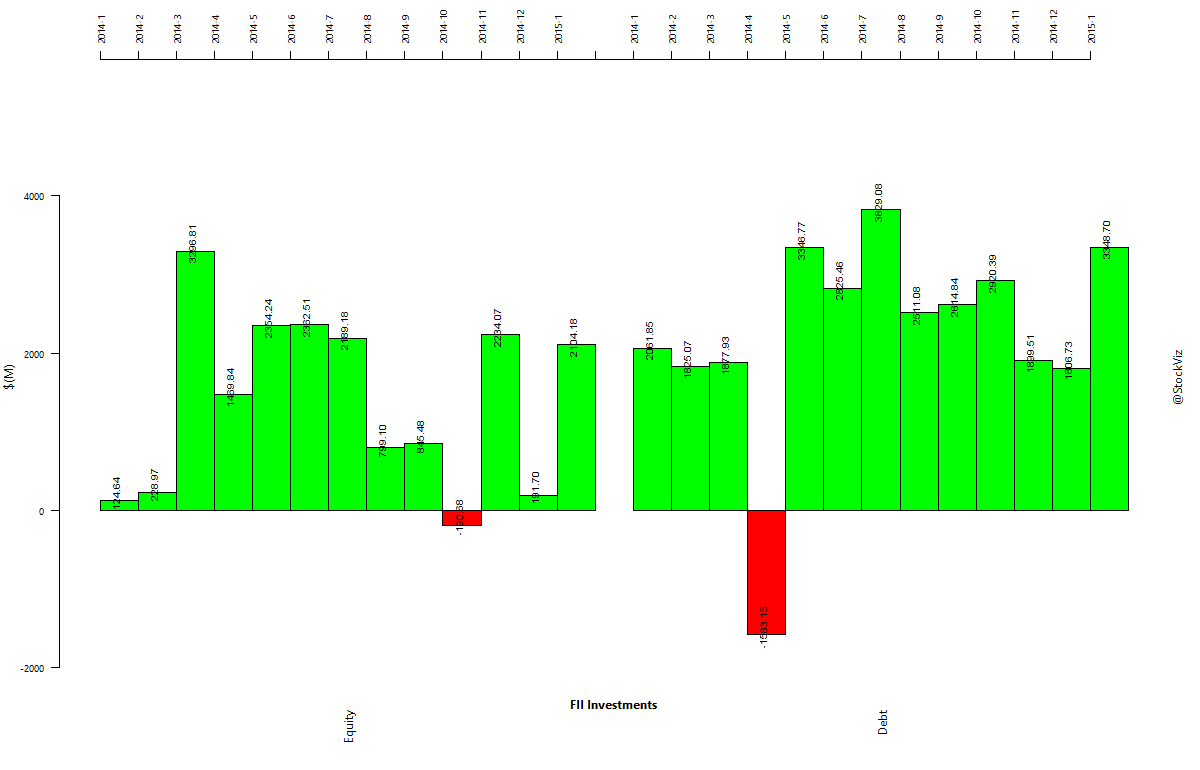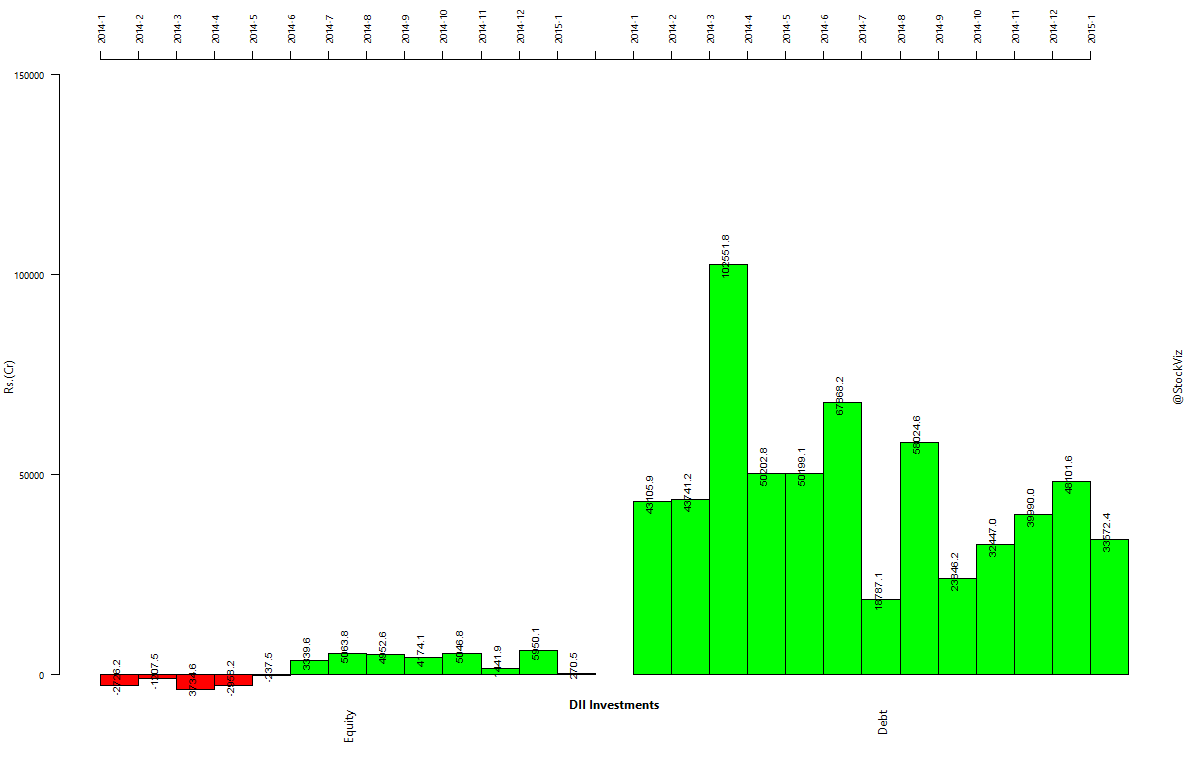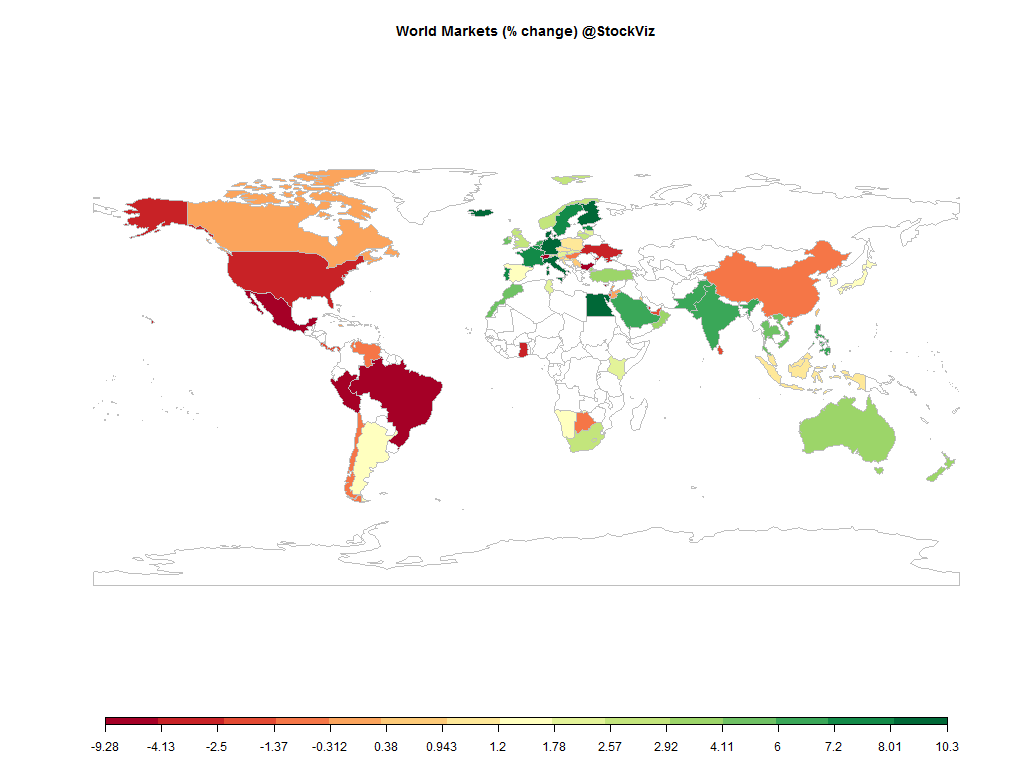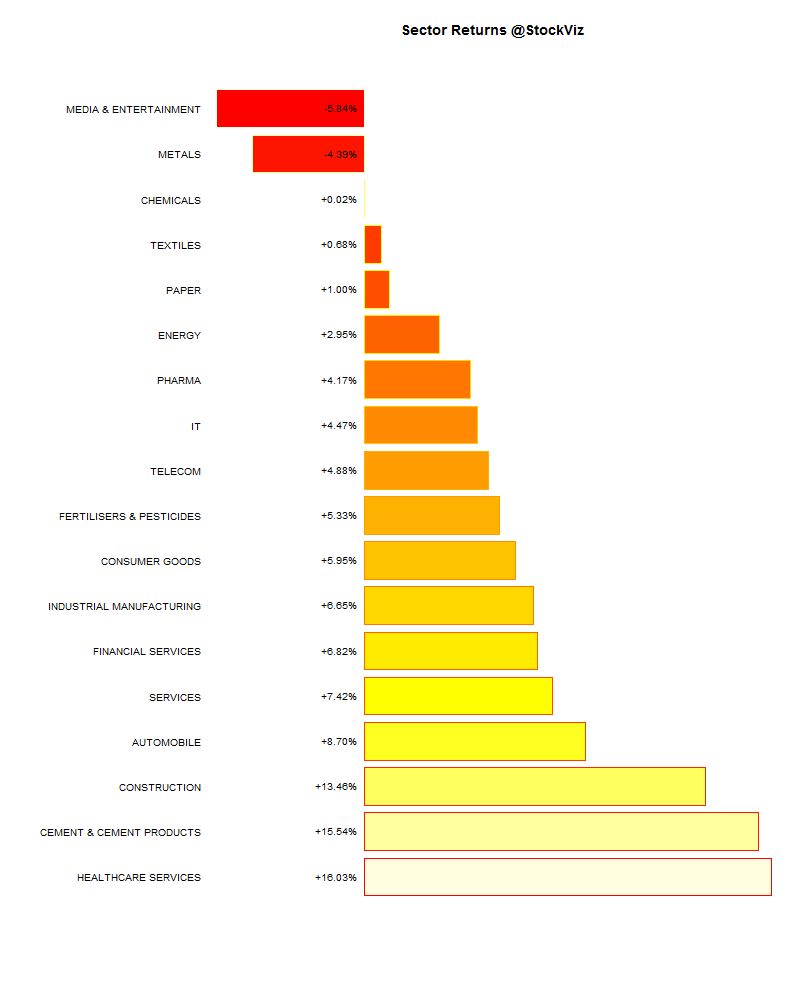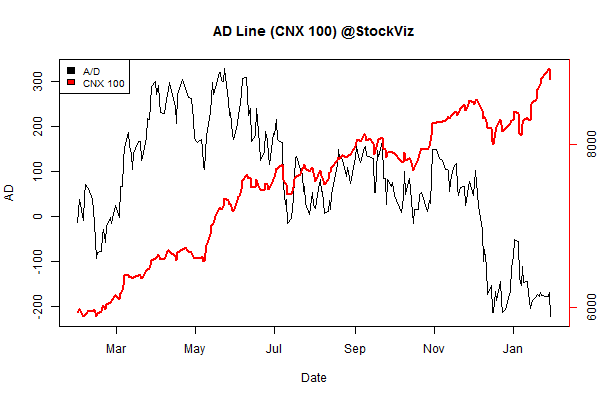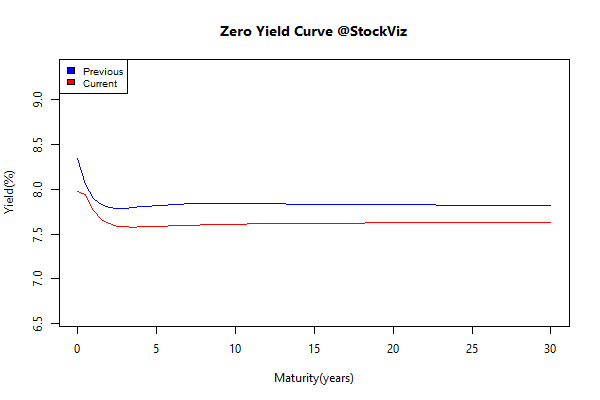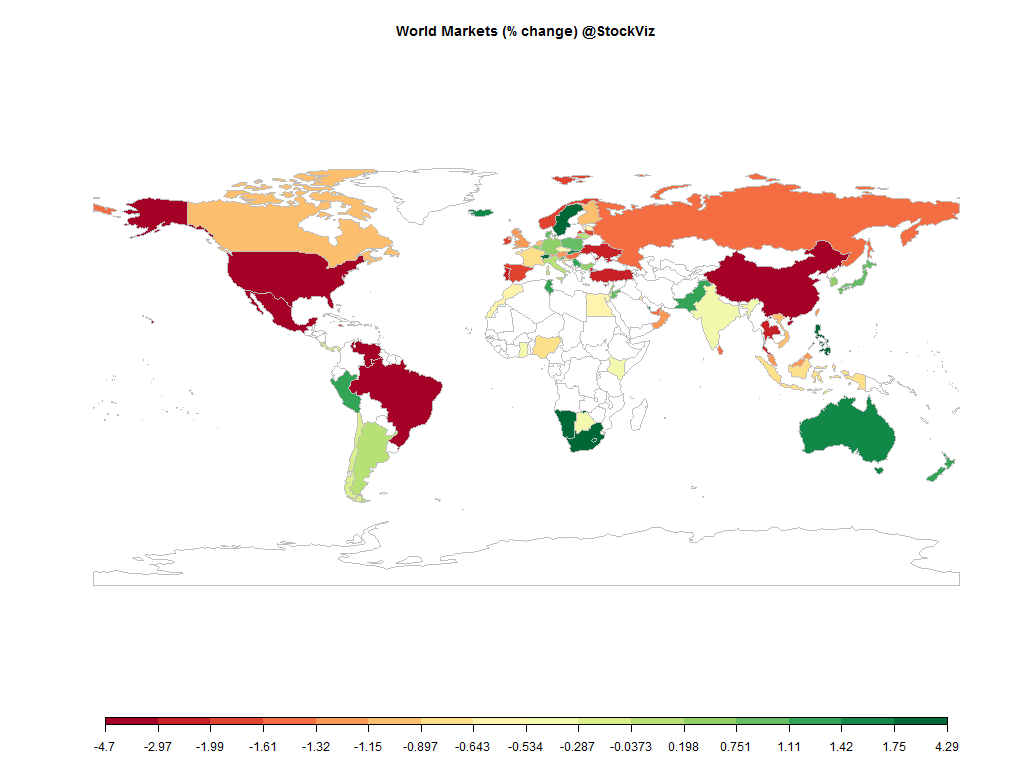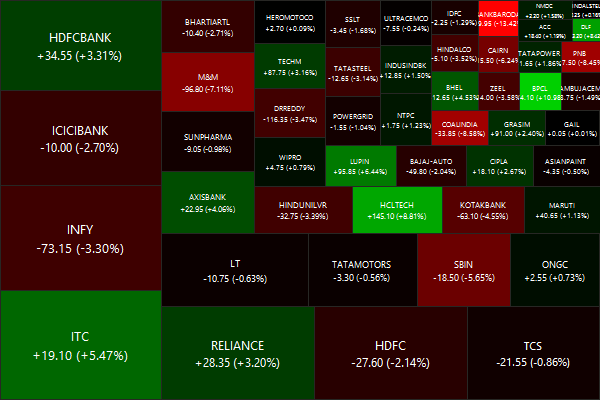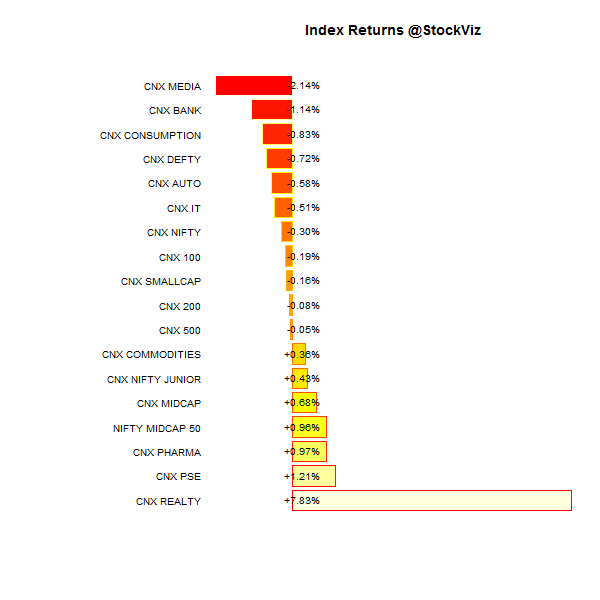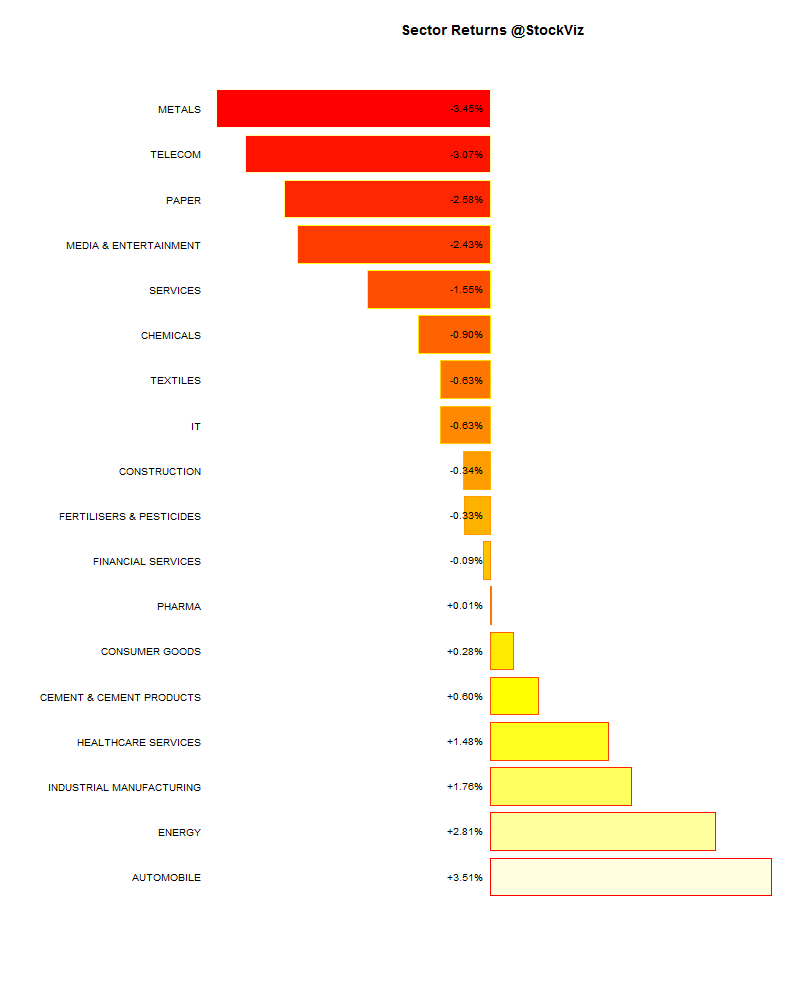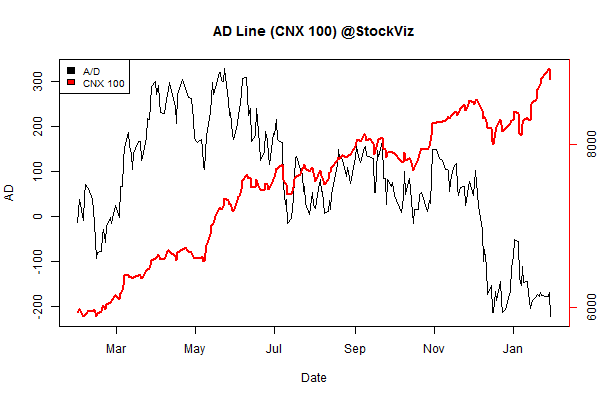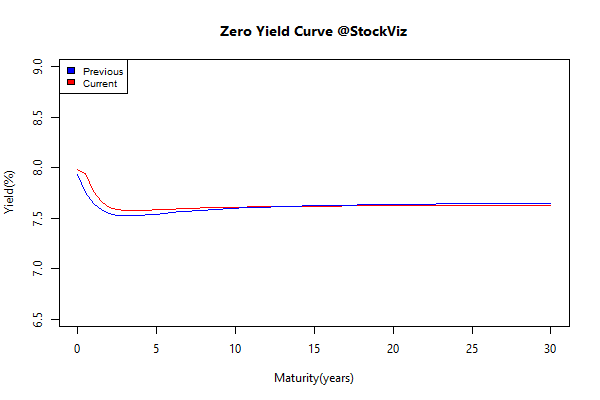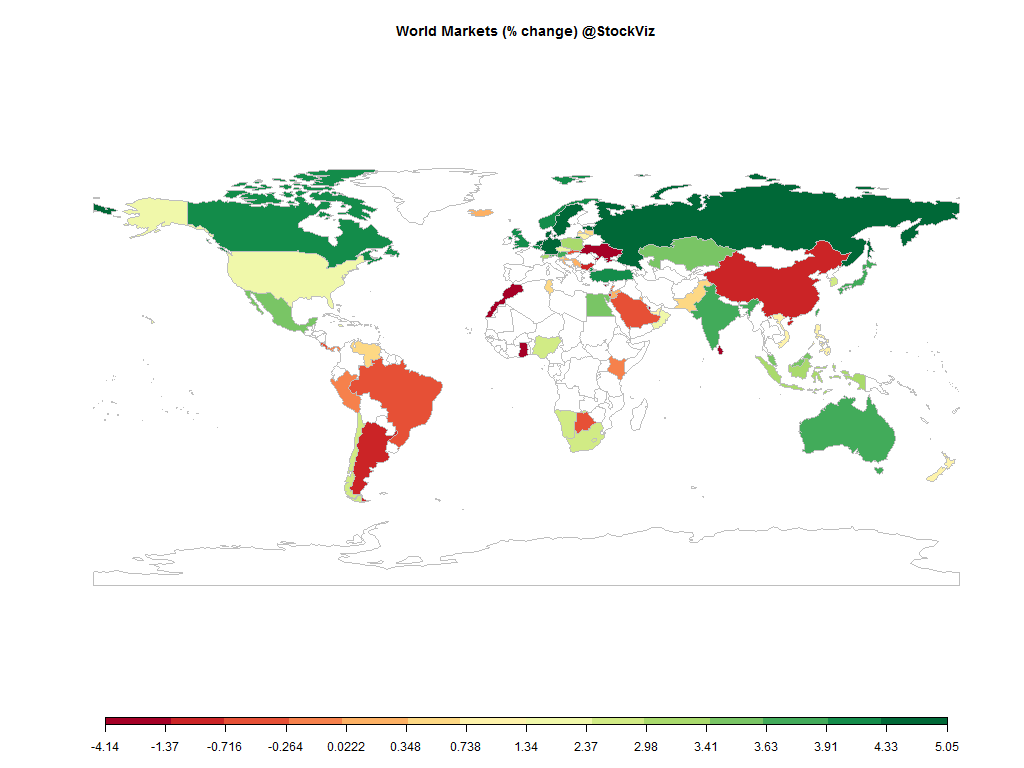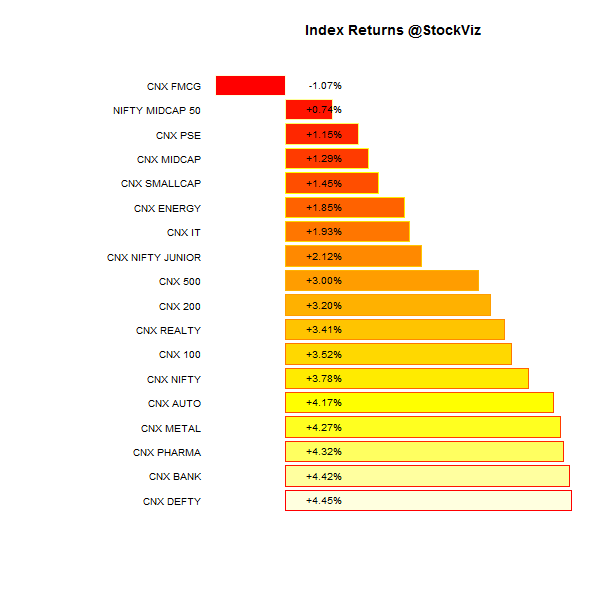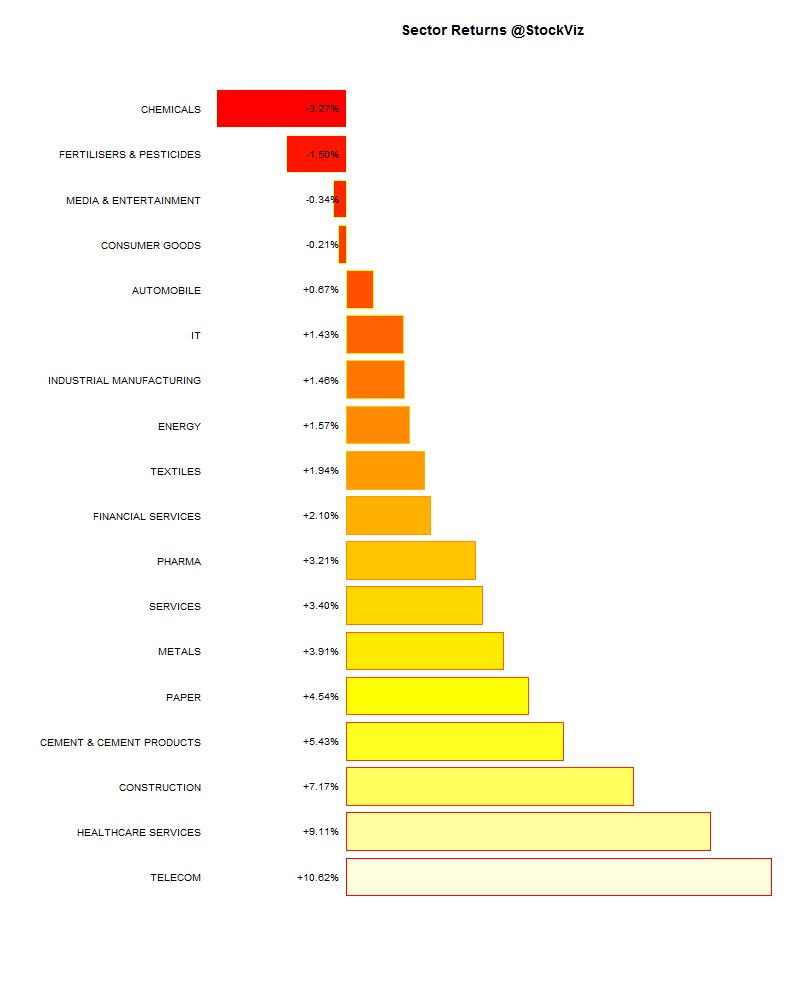Multinational companies (MNCs) listed in India, like Bosch, Colgate, etc, are generally considered to be well managed, cash-rich businesses. Lets take a look at their past performance and some actively managed funds that focus on them. It may be worth your while to add some MNC goodness to your portfolio.
MNCs vs. Top 100
Our first stop is first check if MNCs indeed outperform the market. For this, lets compare the CNX MNC index to the CNX 100 index.
Between 2005-01-03 and 2015-02-02, CNX MNC has returned a cumulative 453.68% with an IRR of 18.49% vs. CNX 100’s cumulative return of 318.85% and an IRR of 15.26%. (permalink) Apart from a brief period of under-performance between 2007 and 2008, MNCs have generally done better than the rest of the market.
MNCs vs. Midcaps
Between 2010-01-04 and 2015-02-02, CNX MNC has returned a cumulative 108.14% with an IRR of 15.31% vs. BSE MID CAP’s cumulative return of 58.41% and an IRR of 9.47%. (permalink) #winning
MNC funds
There are a couple of funds, one from UTI and the other from Birla Sun Life that focus purely on MNCs. Here’s how the UTI fund has performed:
Between 2006-04-03 and 2015-02-02, UTI – MNC Fund has returned a cumulative 283.13% with an IRR of 16.41% vs. CNX MNC’s cumulative return of 182.80% and an IRR of 12.10%. (permalink)
Between the two of them, UTI’s fund’s IRR of 37.12% is eclipsed by BSL’s 41.52% between 2013-01-02 and 2015-02-02 (a shorter time-period of comparison.) (permalink)
But irrespective of which fund you choose, the excess returns cannot be ignored. And of course, past-performance is not indicative of the future.


